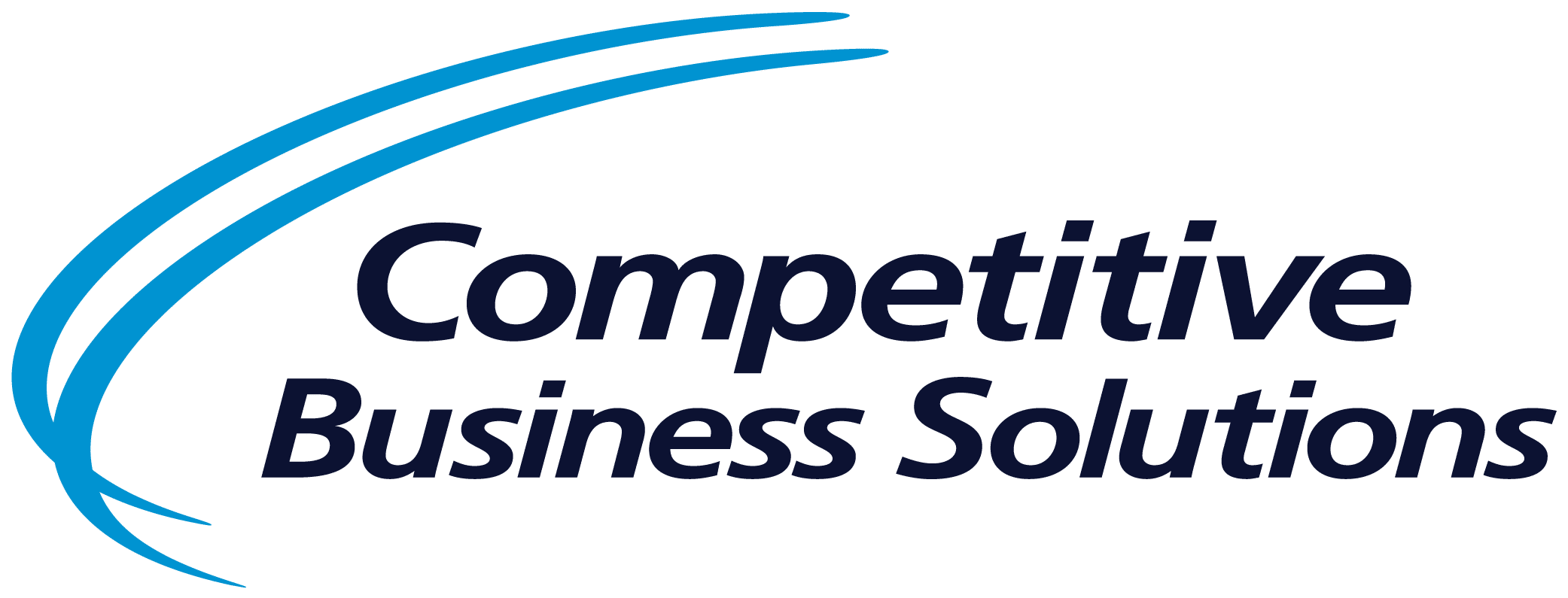Why do so many companies jeopardize the momentum of a deal with a slow, “soft” approach that fails to secure buy-in, gain alignment and capitalize on synergies early in the acquisition process? Through experience and applied research, we have identified three key areas that often act as barriers to maximizing acquisition value, important guidance for your own due diligence efforts.
1. Conflict Avoidance
There is unprecedented competition for acquisition targets today, fueled by an abundance of available capital and the desire on the part of fund managers to close deals and put their money to work. What’s the net effect? Valuation of target companies increases, and prospective buyers do everything they can to avoid anxiety or controversy that may put the deal in jeopardy. Conflict avoidance is a good thing of course, but in the first 100 days after the completion of the deal, open discussions about required improvements are both positive and necessary to achieve outcomes quickly—even if the nature of those improvements is not yet fully clear.
What to do:
Engage in open, ongoing dialogue and provide assurance that there are proven methodologies in place that will help establish the path forward in a positive and purposeful way.
2. Lack of Methodology
As a buyer, you already “know” there are improvements to be made to the acquisition, but it’s essential to identify and prioritize those improvements with a proven process—and to deploy it with rigor and speed. Hoshin Kanri, or X Matrix methodology, is a good example. In this point of impact approach, the buyer and seller work together to identify the critical few strategic initiatives they need to accomplish over the next 3 – 5 years, then cascade them to the point of impact with documented action plans, KPIs, timelines and initiative ownership. In the right hands, this can take as little as three days.
What to do:
As you work through these strategic initiatives, select a few key action items/changes and make them part of your initial 100-day implementation plan. This will help secure buy-in throughout the acquired organization and jump-start deal value by quickly capturing synergies and identifying savings.
3. A sequential Approach
It makes sense not to invest too many resources in a deal until it looks likely that it will be finalized, but being overly cautious is not wise, either. Once it appears that you are the buyer of choice, it’s better to assume some risk by working multiple approaches in parallel. Why? Most lean/continuous improvement practitioners say it is better to realize 80% of the savings potential today versus 100% in six months. The same is true in acquisitions mode.
It’s far more beneficial to start making changes and capturing savings immediately after the deal is closed versus waiting until the deal is finalized. Having a multi-approach plan in place and ready to deploy gives you the ability to capture financial savings and demonstrate to the acquired company that things are going to change and improve with a proven process to provide guidance.
What to do:
Use a structured approach to manage the improvement process so that the acquired company’s leadership team does not feel overwhelmed or criticized. It’s also a good idea to proactively reinforce a positive working relationship between the parties.
Managed properly, this accelerated 100-day approach can create more value for both the investor and the target company. By avoiding the three barriers outlined above—and taking the recommended action steps—your due diligence efforts can yield desired outcomes in a significantly shorter timeframe.



